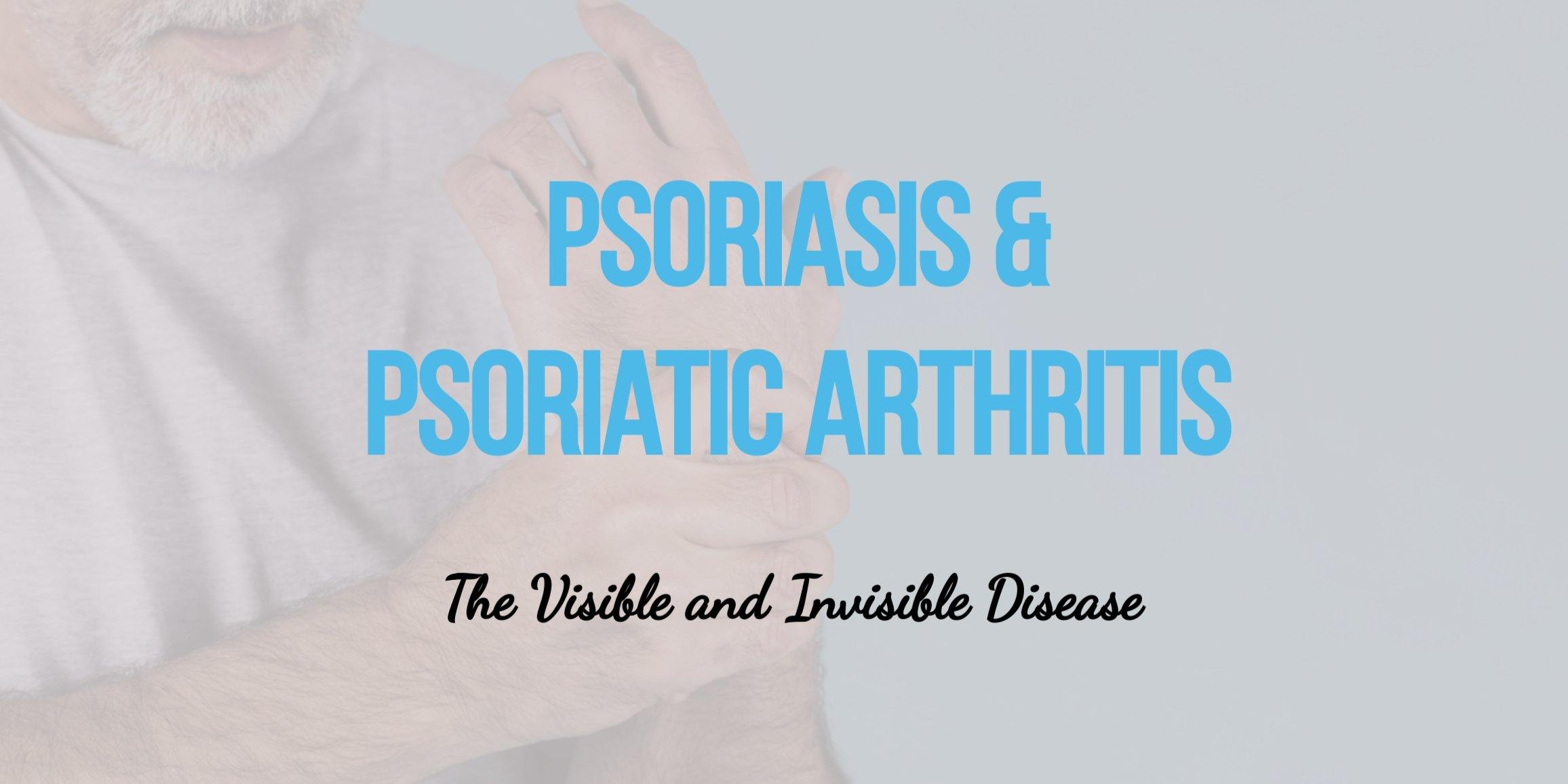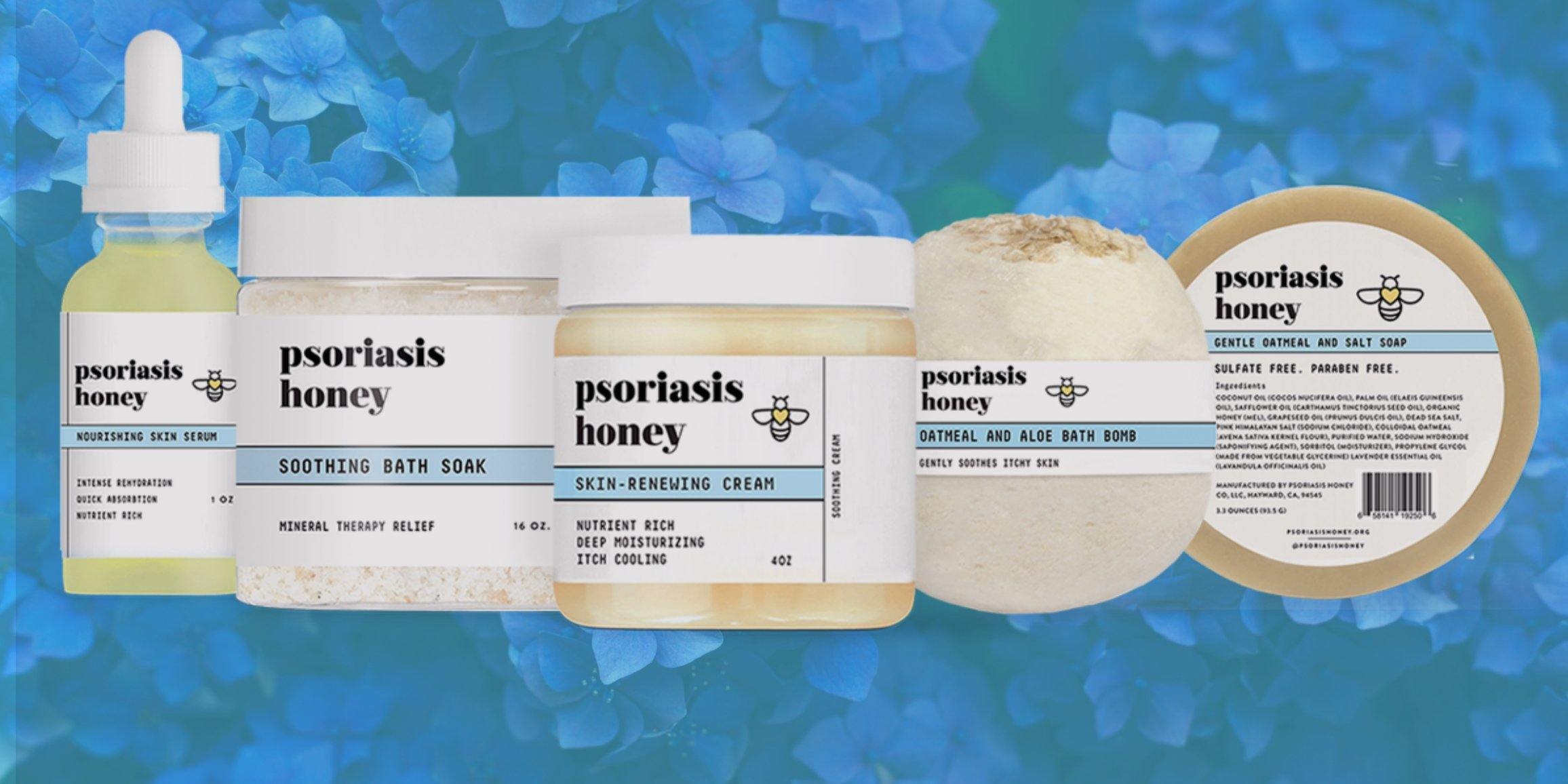
Psoriasis and Psoriatic Arthritis: The Visible and Invisible disease
Living with psoriasis can be more than just challenging for the skin. Because psoriasis is an auto-immune disease (disease where a faulty immune system that causes your body to mistakenly attack its own cells), it can also have effects of widespread inflammation across the body. This can lead to joint pain, neck and back pain, swollen fingers and toes, and nail changes caused by an overactive immune system. While it is true that psoriasis symptoms are primarily visible on the skin and nails, about 30% of people with psoriasis also suffer from psoriatic arthritis.
What is Psoriatic Arthritis?
Psoriatic arthritis (PsA) can have similar symptoms as other forms of arthritis like osteoarthritis (OA) or rheumatoid arthritis (RA), but there are some distinctions. All causes aches and stiffness, but people PsA
Unlike OA, where pain is consistent and can gradually get worse, psoriatic arthritis pain comes and goes in flare ups just like skin plaques caused by psoriasis. PsA patients can have pain flare ups along with skin flare ups, or just the pain alone.

PsA is classified into 5 types depending on the location of pain on the body (1):
-
Symmetric psoriatic arthritis is the most common form and affects about 50% with the condition. It is called symmetric because it affects matching pair joints. With similar symptoms to rheumatoid arthritis (RA), it affects the knees, hands, feet, and/or hips. The main difference between RA and this type of PsA is that PsA makes your fingers and toes swell up much more.
-
Asymmetric psoriatic arthritis is often mild and appears in 35% of people with the condition. It’s called asymmetric because it doesn’t appear in the same joints on both sides of the body and can affect the knee, hip, fingers, or toes.
-
Distal psoriatic arthritis causes inflammation and stiffness, swelling and pain in toes and fingers. “Distal” means away from the center, so this type appears at the tips of fingers and toes. This type of PsA can also cause pitting, discolored spots, and lifting of the nail bed in toe- and fingernails.
-
Spondylitis is characterized as constant back pain and stiffness in the shoulders, spine and neck when the joints between the vertebrae in the spine gets inflamed. It can also affect connective tissues like ligaments and tendons in the arms, hips, legs, or feet.
- Arthritis mutilans is considered the most severe form of PsA, and affects less than 5% of people who have the condition. It causes deformities in joints at the ends of the fingers and toes leading to pain and stiffness in hands and feet, changes in nails, and even disfigured toes and fingers.
No matter the severity or what form of PsA you may have, talk to your doctor about the best treatment to relieve your symptoms and prevent joint damage and disability.
In the meantime, there are lifestyle changes and home remedies that you can try to ease discomfort.
Add epsom salts to your bath. According to the arthritis foundation, soaking in a warm bath with added magnesium sulfate crystals (epsom salts) is helpful in relieving aches and stiffness (2). Try Psoriasis Honey’s Soothing Bath Soak, to reap the benefits of our mineral salt blend as well as skin loving ingredients like honey and colloidal oatmeal. Lay back and let your body relax as you take some stress off physically and mentally. Alternatively, you can set up a hand or foot soak using a small tub, warm water, and 2-3 tablespoons of salt soak.
Relax muscles and stiffness with massage, cold, or heat therapy. A massage is a relaxing way to work out some stiffness in joints while helping the blood circulate. If you can not afford to buy expensive massages often, applying heat or cold treatment to aches is an inexpensive way to manage pain (3).
Focus on Mental Health with Yoga and Mediation. Living with psoriasis can be taxing on the body as well as mind. There can be times when the pain gets worse during the flares. Try mindfulness activities, including breathing exercises to distract your mind from focusing on the pain. Overtime, you can train your brain to have less anxiety during a flare up and can prevent stress triggers.
Light exercise and stretching can help improve range of movements and improve health. Do not overexert yourself and try activities like swimming and walking that are easy on the body and joints.
Leave a comment below to tell us what you have learned from living with psoriasis.
Follow us Facebook and Instagram to learn what has worked for some of our psoriasis warriors.



1 comment
I desperately need help with my scalp and behind my ears. What can I use on my head?
Evelyn Barber
Leave a comment
This site is protected by hCaptcha and the hCaptcha Privacy Policy and Terms of Service apply.